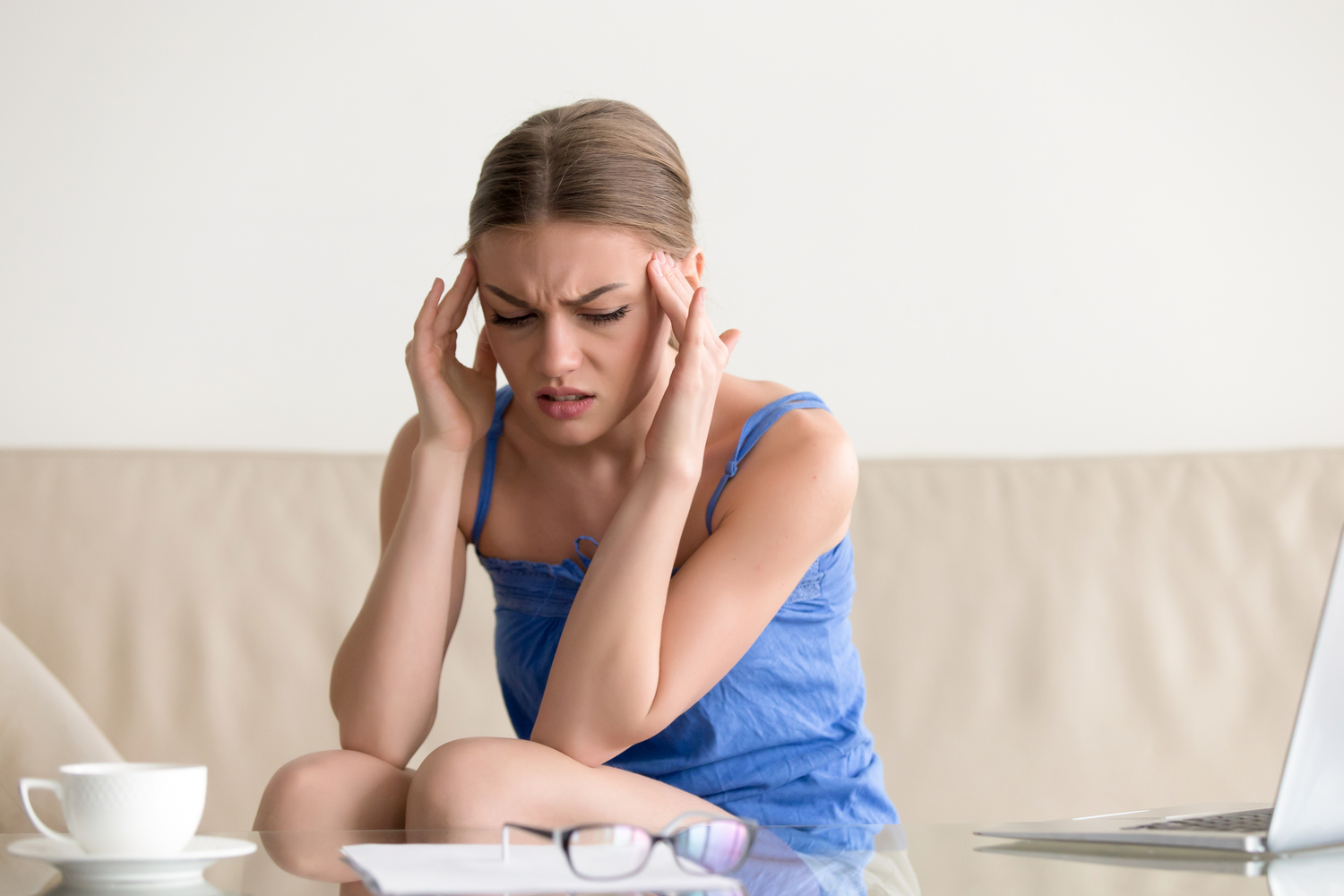5 Common Anxiety Disorders and Their Signs
Feeling anxious and stressed while doing something important, like writing an exam or meeting a work deadline, is natural. A bit of nervousness helps people perform better. But for those with anxiety disorder, the levels of worry are disproportionate. They panic so intensively and frequently about everyday situations that it becomes hard to function. Such individuals manifest several signs and symptoms of anxiety and stress, which help identify the condition.
Types of anxiety disorders
There are many types of anxiety disorders, each with its own physical and psychological symptoms. Depending on the case, the signs may occur multiple times a day or only once or twice a year.

General anxiety disorder
A person with a general anxiety disorder (GAD) may feel restless without a visible or apparent cause. They worry continuously and excessively about everyday life events like health, education, and relationships. The anxiety symptoms may persist for months without slowing down.
The physical symptoms of GAD include:
Sleeping problems
Dizziness
Palpitations
Trembling
Dry mouth
Headaches
Abdominal pain
Breathing problems
Muscle tension and muscle pain
The psychological symptoms of GAD include:
Isolation
Avoiding specific situations
Constant dread or fear
Irritability
Restlessness
Panic disorder
Panic disorder is another prevalent form of the condition where a person is suddenly gripped by fear. They feel like they are losing control over the situation even when no visible threat exists. Such episodes are known as panic attacks. Some have multiple panic attacks throughout the day, while others experience it only once or twice a year. However, not everyone who has a panic attack is diagnosed with panic disorder, as it could also be a once-in-a-lifetime event.
The typical panic disorder symptoms include:
Avoiding specific places or situations
Excess sweating
Trembling
Tingling sensation
A feeling that something disastrous will happen
Feeling out of control
Social anxiety disorder
People with social anxiety disorder constantly feel that someone or everyone is watching and judging them. As a result, they become self-conscious when interacting with others. It affects the individual’s social relationships and performance at school and work. The condition is also hard to notice as it appears as a regular case of shyness.
The typical social anxiety signs include:
Intense heartbeat or pounding
Trembling
Abdominal pain
Feeling stiff and maintaining a rigid posture
Speaking in an incredibly soft voice
Avoiding eye contact
Extreme self-consciousness
Phobia
Phobia is an anxiety disorder where one has an extreme and irrational fear about a specific place, living thing, or object. For instance, they could be afraid of spiders, using an elevator, or being in an enclosed space, which appears irrational.
The anxiety signs of this disorder include:
Increased heartbeat
Shortness of breath
Avoiding a specific person, place, or object
Intense fear on encountering an object, person, or situation
Separation anxiety disorder
Individuals with this disorder feel that the person they love may leave them. They also fear that something unexpected, like an accident, may happen to them when they are not around. As a result, they never let go of certain people. This is prevalent in little children. But adults can also experience the signs and symptoms of anxiety and stress associated with the fear of separation.
The typical symptoms in children are:
Excessive crying when parents leave them at school
Clinging to parents
Refusal to go to school
Poor performance at school
Isolation
Refusal to mingle with kids their age
The separation anxiety symptoms in adults include:
Repeated and unabated distress when a loved one is away
Excessive and irrational worry or imagination about losing a loved one
Fear that someone is going to take them away or kidnap them
Fear of being alone, without a partner or a parent
Refusal to leave the house without company
Common symptoms of stress
Stress is among the major triggers of anxiety. People react to stress in different ways, such as anger, irritability, difficulty concentrating, withdrawn mood, feeling overwhelmed, lack of appetite, or binging on food. While most people experience stressful situations in the short term, continuous stress can be problematic and must be addressed. Long-term stress can lead to:
Mental health problems like depression and personality disorders
Cardiovascular diseases like strokes, abnormal heart rates, and heart attacks
Skin and hair problems like hair loss, acne, and eczema
Gastrointestinal problems like GERD and colitis
Knowing the signs and symptoms of anxiety and stress can help determine if someone is going through a mental health condition. They should be referred to a mental health professional. Mental disorders are usually managed with mediation, psychotherapy, and other treatments.

